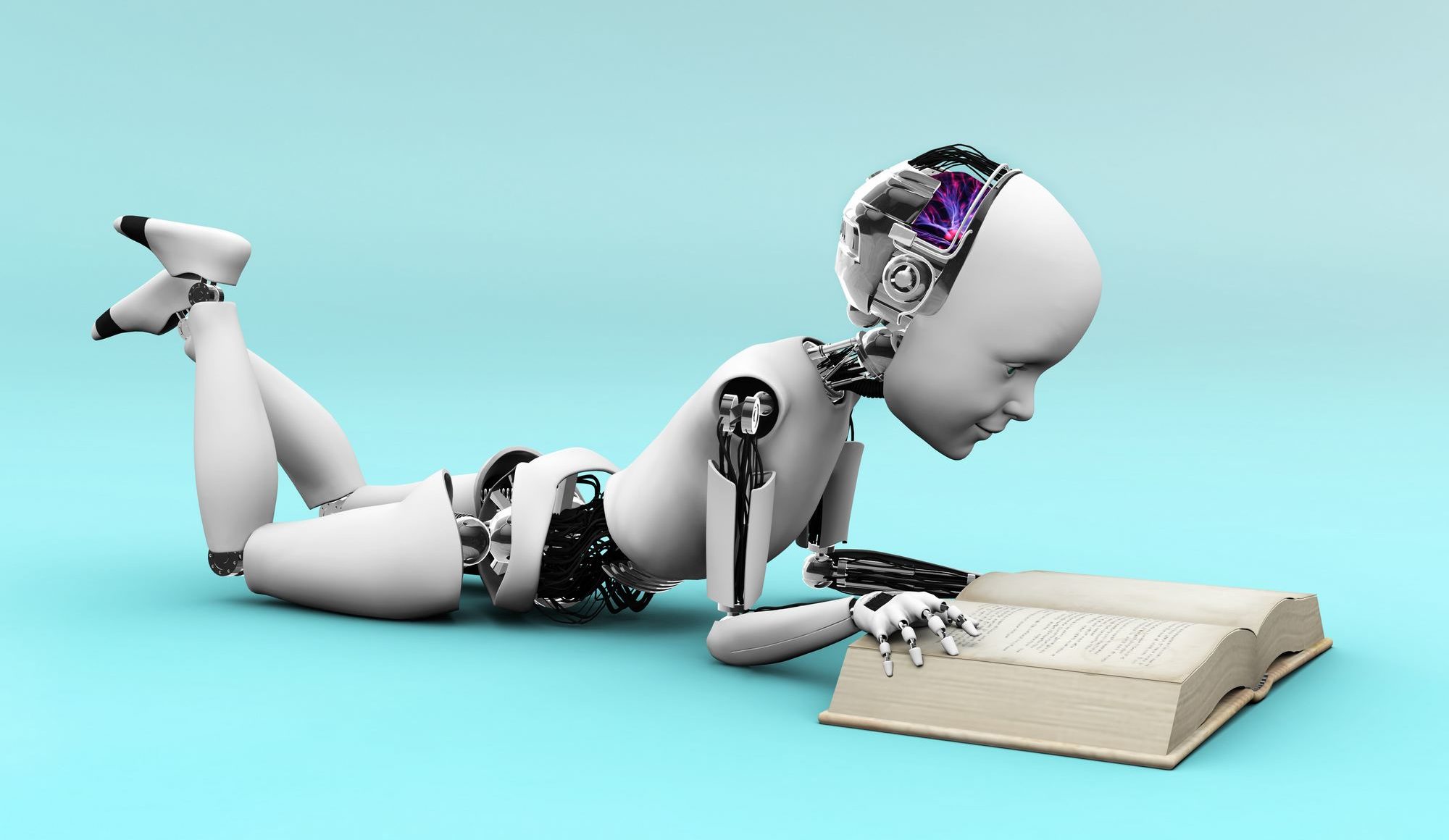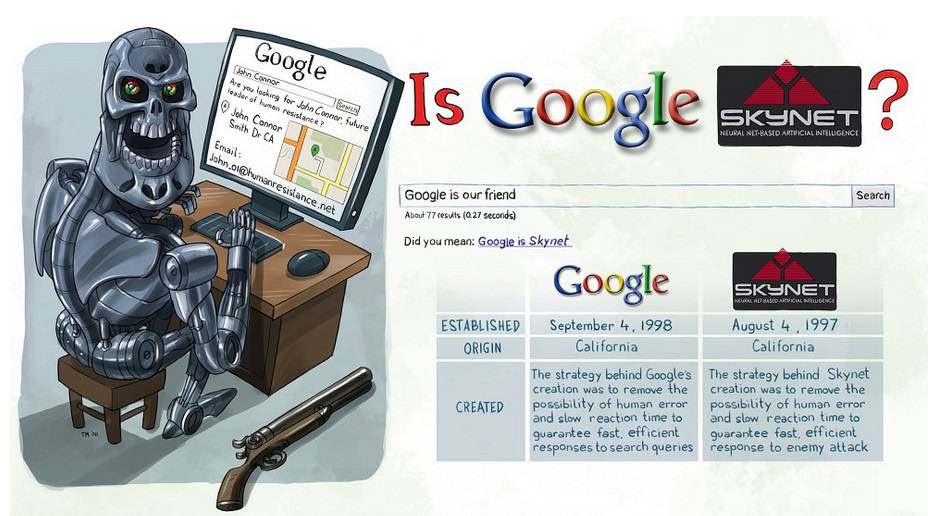Affiliate links on Android Authority may earn us a commission. Learn more.
How machine learning will revolutionize the mobile experience
Published onJuly 23, 2015

You’d be hard-pressed to find a more hyped pairing of words right now than machine learning. It is being hailed as the wave of the future, but will it lead humanity to a bright new dawn, or usher in the age of our robot overlords?
We’re not going to get into the specifics on what machine learning is, suffice to say that it’s about machines sharing data, making predictions, and learning to improve on them without being explicitly programmed. If you want a full explanation, then check out our post What is machine learning?
What we want to explore here is just how machine learning is going to change the mobile experience. The rise of the smartphone is a serious boost for machine learning because it’s producing an enormous amount of useful data that can be mined, analyzed, and used to make predictions.

Let’s start with a look at what machine learning is already doing for us.
Thank the machines
Few companies have done more to put machine learning in the spotlight than Google. The company has invested heavily in developing software models that can learn and applying them to ever-growing mountains of data. All of Google’s services benefit from this approach. Gmail can accurately root out spam without burying real emails, voice recognition in Android has improved dramatically, and image recognition used in Photos, Maps, and Image Search is growing more and more accurate.
Google wants to push things further with the predictive capabilities of Google Now. The contextual abilities of Now on Tap are based on machine learning. It can draw on Google’s huge knowledge base to work out what’s happening in the app you’re using and answer a contextual question. The example shown off at I/O was someone playing a Skrillex song in Spotify and asking “What’s his real name?” Now on Tap gave the correct answer (Sonny John Moore).
Machine learning is also being used to improve email further with Inbox. The idea of a smarter email inbox that can highlight truly important messages, automatically create reminders, and group relevant messages together is nothing new, but who else can draw on the kind of data that Google has?
There are a lot of other examples – when you type a search into Google and get the “Did you mean…?” suggestion, search results in general are partially based on machine learning, and most of the advertising you see is entirely determined by machines.
Of course, it’s not just Google harnessing the power of machine learning, all the big tech companies are. So let’s look at some of the exciting things it might deliver.
Amazing things machine learning could bring
There’s lots of potential for machine learning to improve our lives. Because it’s a method for analyzing big data and it can make predictions and then hone the model based on what happened, it can be applied to anything that data is collected on and it should continually improve itself. Here are a few things it could deliver to improve our mobile experience. This is by no means an exhaustive list:
- Translation – Forget about sticking a babelfish in your ear, machine learning could deliver real-time speech translation. Take a look at Microsoft’s Skype Translator Preview. There’s a delay and it doesn’t work perfectly, but it surely won’t be too long before we can have conversations in different languages accurately translated as we speak. And we’re not talking about robotic voices either, machine learning also has the potential to convey intonation and emphasis.
- Fitness – A lot of people use fitness wearables and apps now, but few understand how to apply the data they produce. What if you could get real insights and practical tips from your mobile? What if other data about your schedule and diet was factored in to determine when you should work out and what activity would give you the greatest boost in health and fitness? Machine learning can also be used to analyze the exercise you are getting, recognize distinct activities automatically, and improve your form.
- Battery – Most of us are still frustrated at the battery life of our smartphones and wearables. Machine learning could offer genuine insights into what’s guzzling that juice, and practical actions that would extend battery dramatically.
- Automation and prediction – Imagine Tasker, but without you having to create profiles. Machine learning could put the smart in your smartphone, by learning the way you use it and automatically triggering certain specific things. That could feed into the battery life we just mentioned. It could also be about correctly predicting what you need. Check out the examples in this Google patent, filed in 2012, covering things like smart volume adjustment, throwing up a suggested contact in the dialer as a limo driver when you’re at the airport, or automatically creating photo album and photo title names that are relevant.
- Recommendations – We already see a lot of this, but machine learning should improve it further. Whether you want to buy a new smartphone, download a new game, or listen to some music, there’s room for algorithms to find things you may like based on your past actions and data from other people. This also ties into predictions about what you’ll want at any given time based on past actions, time, location, schedule, and everything else the machines know about you.
Fears and failings
We can’t really realize the benefits of machine learning without large amounts of data, but that tends towards a generalized mass market view of what you might want. For machine learning to get really specific it has to be tempered with personal data. The potential usefulness is nicely highlighted by something like Google Now – if you don’t let Google collect data on you and track you, then Google Now isn’t very good at suggesting things.
If you have concerns about privacy, you might decide the potential damage outweighs the potential benefits.

There’s also a lot of room for error here. Just recently, Google Photos tagged black people as gorillas. It can also be a problem when models encounter unfamiliar situations or data. Without human oversight there are risks that the wrong action will be taken. Some people fear a catastrophe if machines are automating driving, flights, or even stock market trading, even though humans frequently cause catastrophes when in control of these things right now.
Machine learning could also lead us towards a robot economy, introducing efficiencies that put humans out of work. Will we be able to enjoy a utopic future free of toil or will the unemployed starve as the improvements are used to drive profits for the few ever higher? We may not live to worry about it if the wider AI movement driven by machine learning keeps improving and the singularity occurs. We can’t accurately predict what the machines will do when they become smarter than us. Hopefully, we aren’t staring down the barrel of a Skynet situation.
The right mix
That issue of how autonomous the machines are is at the heart of the machine learning movement. On your mobile Google suggests things and tries to predict, but generally stops short of automatically doing something. Human oversight is seen as desirable, even if we’d potentially get more benefit from machine learning if predictions were automatically applied. Like all good technology, machine learning could make our lives easier, but much depends on how it’s applied.